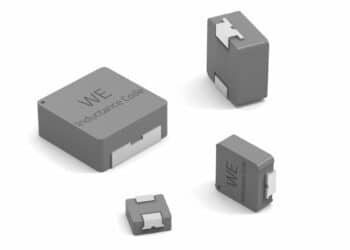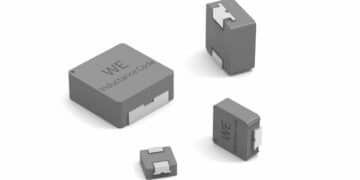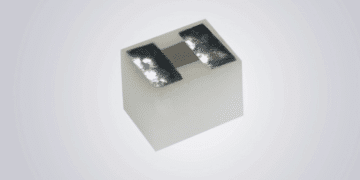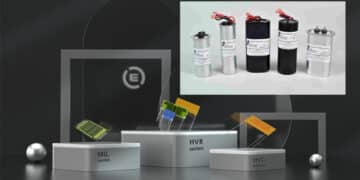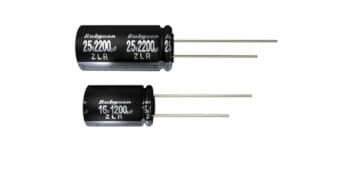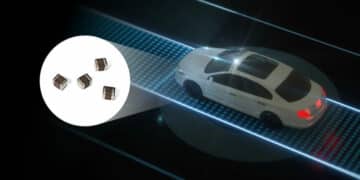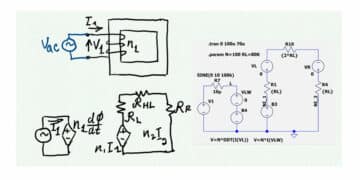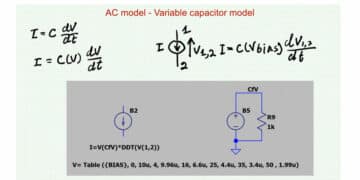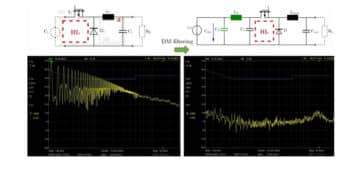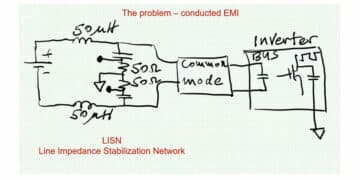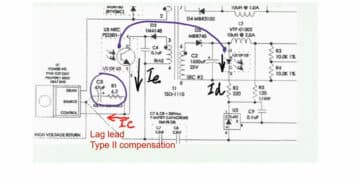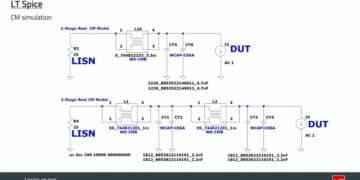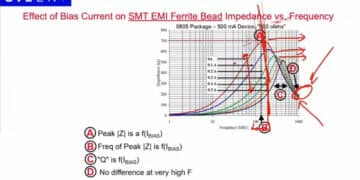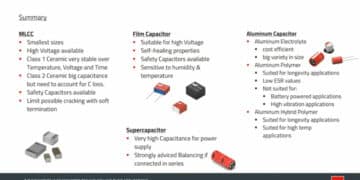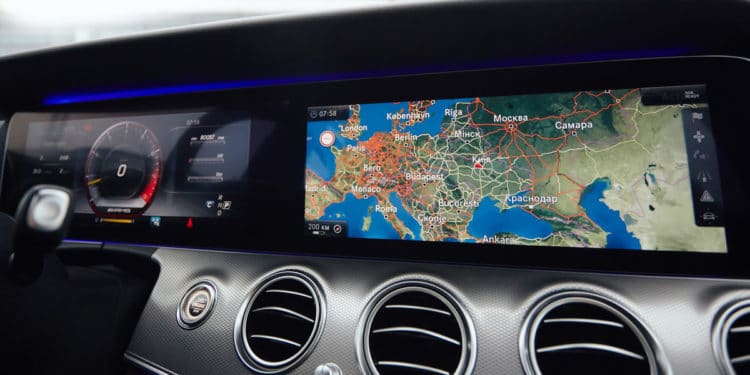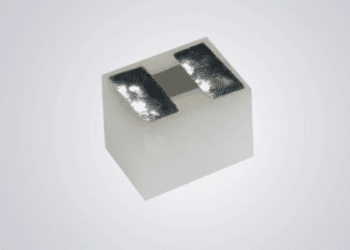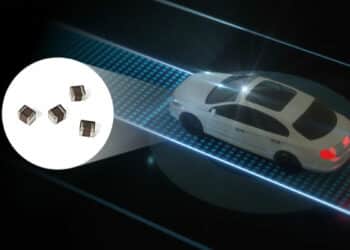Kemet CTO and chief scientist Philip Lessner published on his LinkedIn blog overview of components challenges related to electrification and wide gap semiconductor technology advancements.
Someday, young people will be surprised to learn that automobiles were once predominately a mechanical machine. Not so long ago, most components in a vehicle were completely mechanical and many were manual – features such as steering, brakes to winding-up windows were all controlled by gears and belts and powered by human strength.
The increasing electrification of vehicles is one of the leading technology narratives of the 21st century, and the story is still far from over. As automobiles grow more sophisticated, they rely increasingly on advanced electronic systems to operate. According to a report published by Statista, in a 1970’s era vehicle the share of total vehicle cost represented by electronics was 5%; by 2030, the share of total vehicle cost that is electronics is projected to reach 50%. [1]
As the use of electronics within vehicle systems increases, so does the use of electronic control units (ECUs), embedded devices that control and regulate the operation of a vehicle’s electronic systems. In large part, that’s because almost every new advancement in the design and function of automobiles necessitates more advanced electronic controls. These include LED headlights, keyless entry systems, meter cluster panels, head-up displays, electric water and fuel pumps, electric power steering, engine management systems and climate control units. Telematic systems that power GPS navigation, internet and phone connectivity, are another popular feature that requires ECUs, as are advanced driver assistance systems (ADAS) such as adaptive cruise control, driver drowsiness detection, lane departure warning, forward collision alert and pedestrian detection.
“As vehicles have added more features — like infotainment, telematics and ADAS – the number of ECUs in each vehicle has increased,” said James Priyatham, research analyst, automotive electronics and semiconductors at IHS Markit. “A single modern luxury vehicle now can integrate as many as 150 ECUs.”
In fact, a typical car today has more hardware and computation power than the Apollo spaceship that flew to the moon in 1969. [2]
The growing popularity of battery-powered electric vehicles (BEVs) and hybrid electric vehicles (HEVs) is another driver for the ECU market, as the majority of components in these vehicles, including the powertrain, are controlled by ECUs. While HEV and BEV ECUs accounted for only 3 percent of the total automotive electronics market in 2018, they are expected to rise to 15 percent by 2030, according to EE News. [3] The demand for ECUs will only increase with the advent of fully autonomous vehicles that rely on advanced vision systems, which receive input from a variety of sensors and cameras in the vehicle. According to Fortune Business Insights, [4] the automotive ECU market is forecast to reach US$12.92 billion by 2026, a CAGR of 11.9% in seven years.
While vehicles are increasingly dependent on ECUs to power the advanced features that enhance the driving experience and provide better control, more comfort and safety, an automobile is not exactly a friendly environment for advanced electronics.
To meet the specialized requirements of in-vehicle electronics, automotive subsystems like ECUs and electrical components, that comprise them, must be hardened to be suitable for automotive environments. Electronics now control mission-critical automotive functions and the failure of a car’s electrical system can be a matter of life or death, and it is essential that electronics are able to endure extreme temperatures; foul weather conditions like rain, snow, ice and mud; and the dirt and oil found under the hood.
Sometimes it’s tempting to think of a modern vehicle as a large mobile device, connected to multiple networks and filled with sophisticated electronics. And like smartphones – which sometimes get dropped to the floor – vehicles also get knocked around. Automotive electronics need to keep operating even after G force shocks, so these components require a design that is more robust than those used in consumer electronics. In addition, production lines in the automobile industry are not only inherently complex but also expensive to change frequently. Products like ECUs and other automotive components need to be totally fail-safe before putting them in the automotive assembly line.
Also, an automobile is a very noisy electronics environment: it’s a small space crammed with components. As more electronics and ADAS are added to cars, and with fully autonomous vehicles just around the corner, electromagnetic interference (EMI), which can degrade circuitry performance, will become even more challenging to mitigate which creates the possibility for circuit malfunctions.
While ECUs are increasingly ubiquitous in today’s vehicles, it’s clear that automotive electronics and components will need to continue to evolve and offer ever higher reliability and capability than before. KEMET has been an innovator for automotive electronics for decades, beginning back in the 1950s when KEMET parts powered classics like the 1959 Chevrolet Impala and 1959 Pontiac Bonneville. KEMET was the first to market with many of our ruggedized components, which are optimized for much harsher conditions than consumer or data center applications.
To underscore its role as a leading innovator in automotive electronics, KEMET is excited to launch the MPXV series, part of the METCOM range of metal composite power inductors that address the stringent reliability and performance requirements of automotive electronics such as ECUs. These new inductors are ideal for use in DC to DC switching power supplies that are fundamental for the growing electrification of modern vehicles. The MPXV series inductors provide efficient power conversion and can operate in temperatures up to 155 ° C.
These new inductors feature low acoustic noise, which allows them to be used in all areas of the vehicle, including the challenging operating environments found under the hood. To avoid magnetic flux leakage, MPXV series inductors are naturally EMI shielded, an area where wound ferrite inductors can be problematic.
KEMET has long been on the cutting-edge of automotive products that offer reliability, power efficiency, and performance. When it comes to the safe evolution of automotive electrification, KEMET has the experience and expertise to meet and exceed the critical challenges of powering new generations of ECU applications and is ready for the new automotive electronics innovations still on the horizon.
###
[1] Automotive electronics cost as a percentage of total car cost worldwide from 1950 to 2030
[2] Your Prius has more computing power than the system that guided Apollo astronauts to the moon
[3] Number of automotive ECUs continues to rise
[4] Automotive Electronic Control Unit (ECU) Market Size, Share & Industry Analysis, By Application (Powertrain, Braking Systems, Body Electronics, Adas, Infotainment), By Vehicle (Passenger, LCV, HCV, Electric Vehicle), and Regional Forecasts 2019-2025
